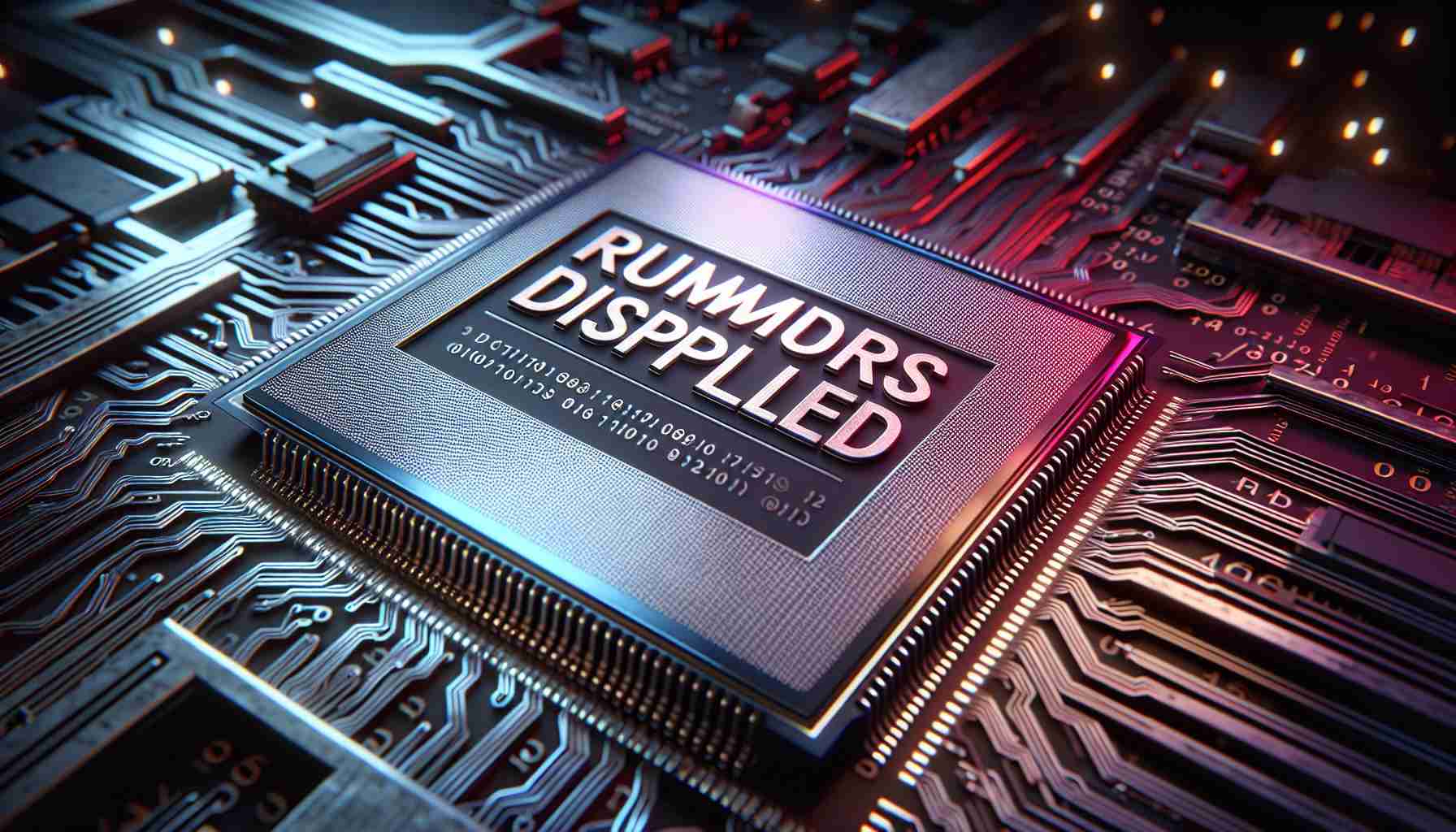Huawei has recently come under the spotlight for supposed plans to develop and release its own PC processors under the name ‘Taishan Battle’, according to a leaked document that generated ripples across the tech community. The leak, which was initially circulated by the Chinese media and attributed to the Huawei Pollen Club, suggested that the company was preparing to fast-track the creation of HiSilicon Kirin X-series processors for their PCs. This development was alleged to be a response to the U.S. revocation of Huawei’s right to access Intel’s processors.
The company, however, made an unexpected move by clearly refuting the claims. Huawei officials described the report as a piece of ‘fake news,’ and this stance was supported by journalistic inquiries, which discovered that no such communication had actually been disseminated within Huawei regarding PC processors.
While it’s true that the United States government recently withdrew export licenses from giants like Intel and Qualcomm, preventing them from conducting sales with Huawei, the tech giant has indicated it will continue to use its stockpiled processors for PC production. Additionally, Huawei computers targeting the Chinese market have already adopted chips from Phytium, a China-based chipmaker. Collaborations with Phytium are underway to create a unified software and hardware ecosystem for local CPUs.
Huawei’s denial of creating competitive high-end CPUs for laptops remains intriguing, particularly in light of past practices of keeping supplier relationships and chip models confidential. Despite this denial, speculation around Huawei’s potential development of high-performance Kirin processors persists. It is believed that such advancements would not only mark a significant step for Huawei in distinguishing itself in the PC market but also aid China in its quest for semiconductor self-reliance, especially for government agency use.
Huawei’s decision to address rumors about their internal PC processor development can be understood within a broader context of trade tensions between China and the United States. Huawei has been at the center of a technological tug-of-war, with the U.S. government placing the company on the Entity List under national security concerns. This restricts American companies from exporting certain technologies to Huawei without explicit government approval.
One of the key questions that arises from Huawei’s denial of the rumors is why the company would dismiss the opportunity to diversify its processor supply chain, given the restrictions it faces. One possible answer could be that Huawei’s public refutation is a strategic move designed to provide cover for its ongoing research and development. Tech companies often operate under strict secrecy to maintain a competitive edge.
Key challenges or controversies associated with this topic include technological sovereignty and the global semiconductor supply chain’s fragility. For Huawei, losing access to Intel’s processors means finding another supplier or developing its own, both of which are fraught with hurdles. Self-development requires substantial investment in research, development, and manufacturing capabilities.
Advantages of developing its own processors would potentially give Huawei greater control over its supply chain and allow for more customization of its products. It would also reduce the company’s dependence on foreign chipmakers and could be a stepping stone towards China’s larger goals for self-sufficiency in semiconductor technology.
Disadvantages include the enormous cost and time associated with developing competitive CPU technology, and the risk of falling behind in a rapidly advancing industry. There’s also the existing stranglehold market leaders like Intel, AMD, and ARM have on PC processor technology, making it tough for new entrants to compete.
For related information, you can visit Huawei’s official website using the following link: Huawei. This link leads directly to Huawei’s main domain, providing corporate news, product information, and further insights into their technological ventures.
The source of the article is from the blog jomfruland.net
